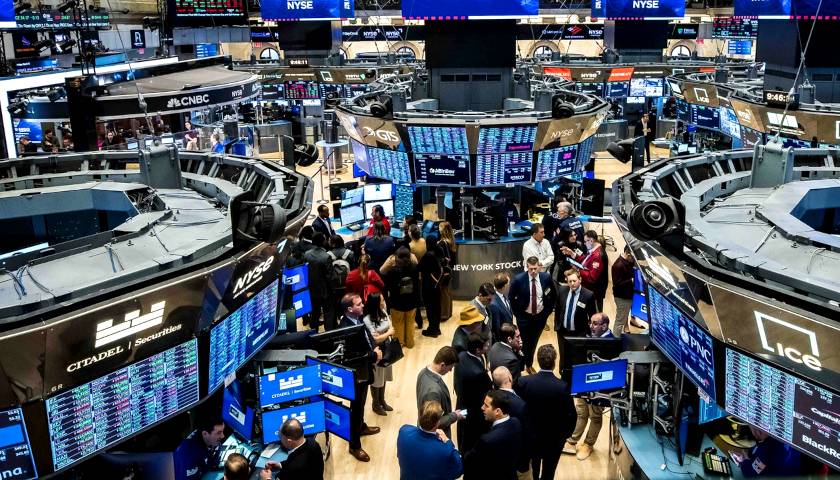Many American wheat farmers may face losses in 2024 due to a glut of foreign supply coupled with soaring equipment and labor costs amid high inflation, Reuters reported Wednesday.
Wheat prices are near their lowest point in nearly four years as supply from the Black Sea and Europe has unexpectedly flooded the market after three years of droughts draining reserves, hitting winter wheat farmers in the Great Plains particularly hard, according to Reuters. Costs for transporting and producing American wheat have soared compared to foreign wheat suppliers, with high inflation increasing costs for farm equipment, repairs and labor for farmers.
Read More








